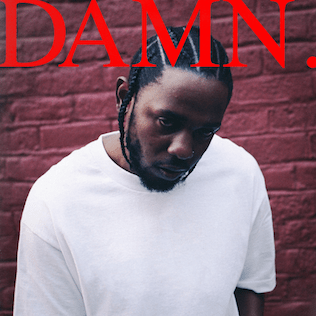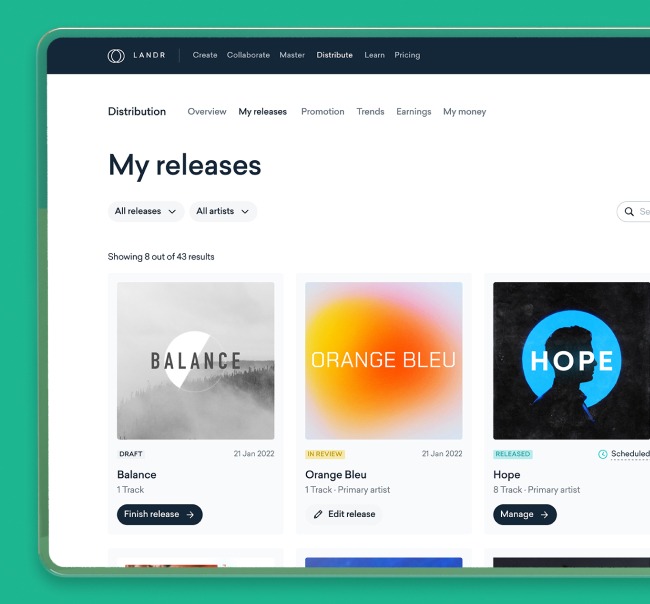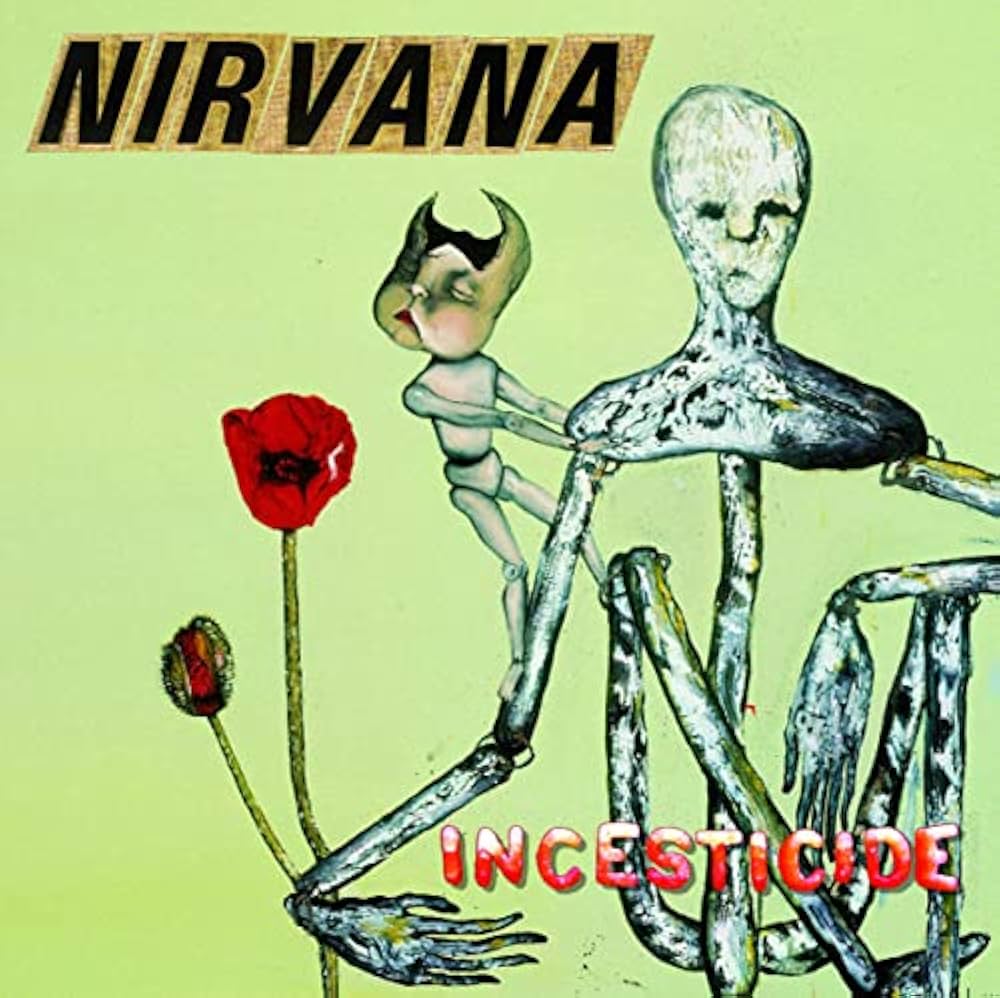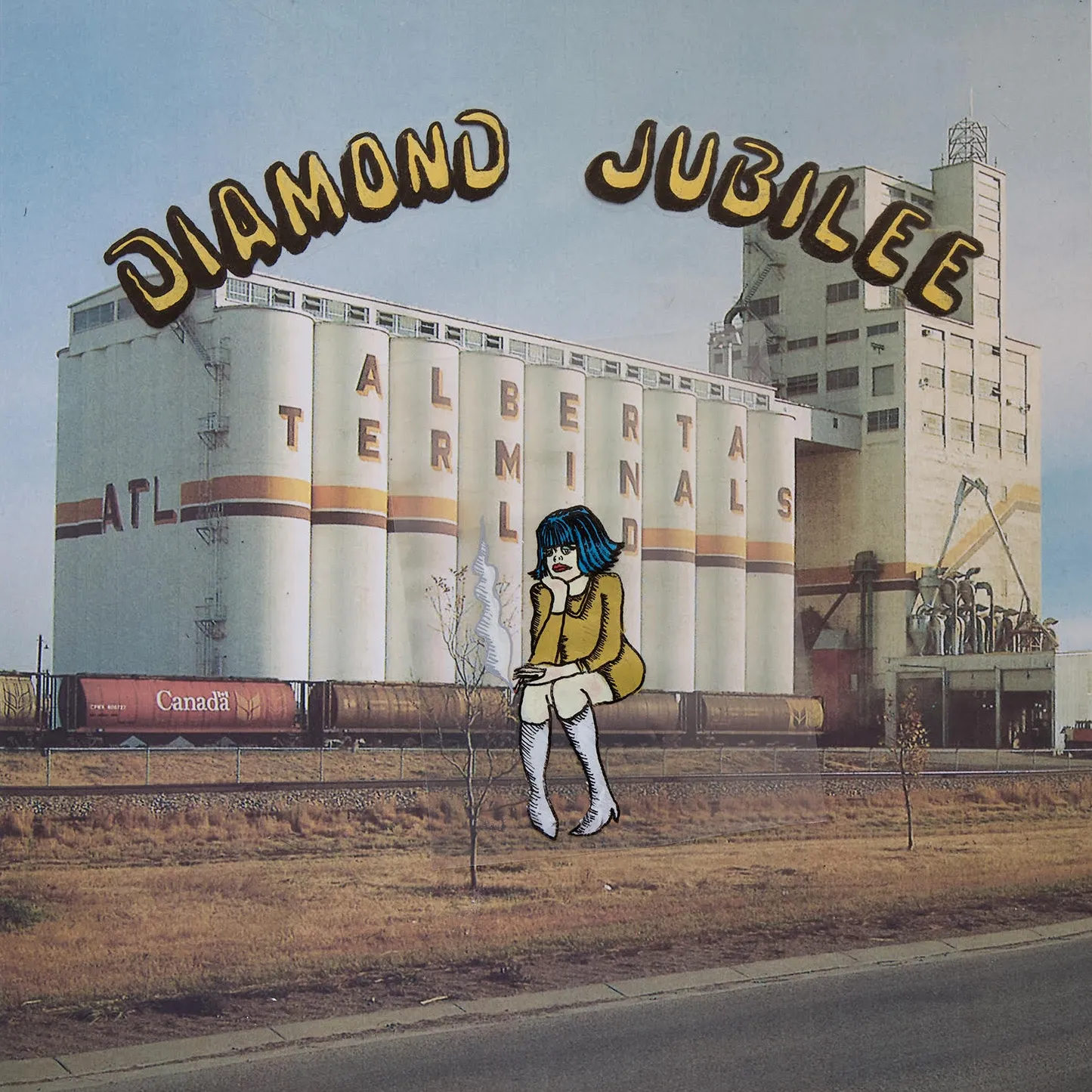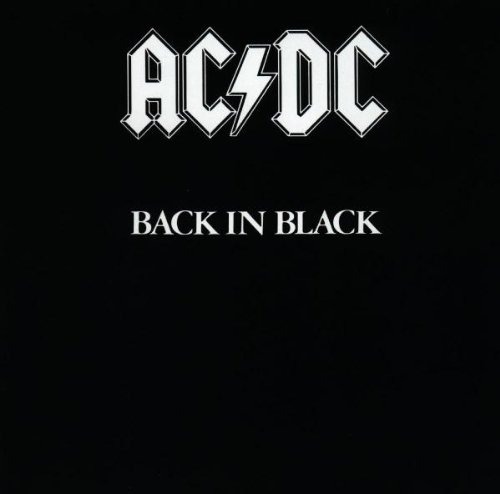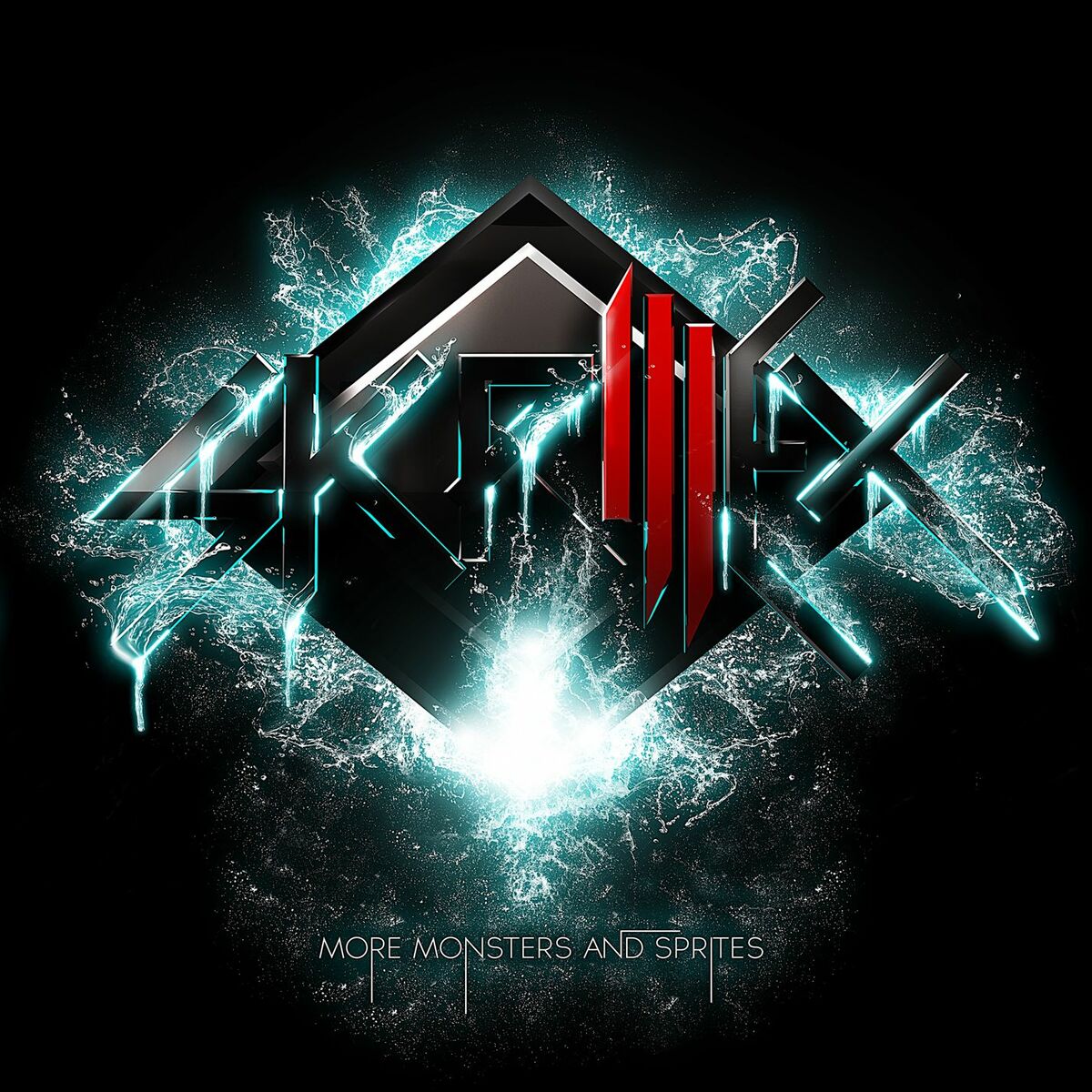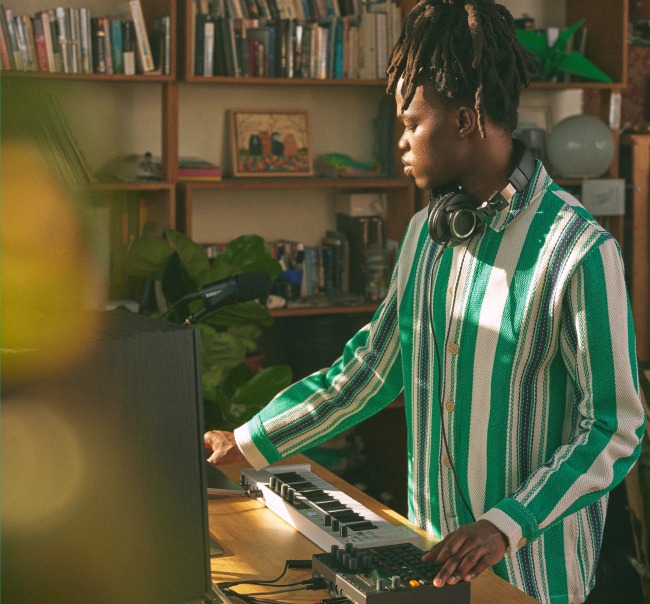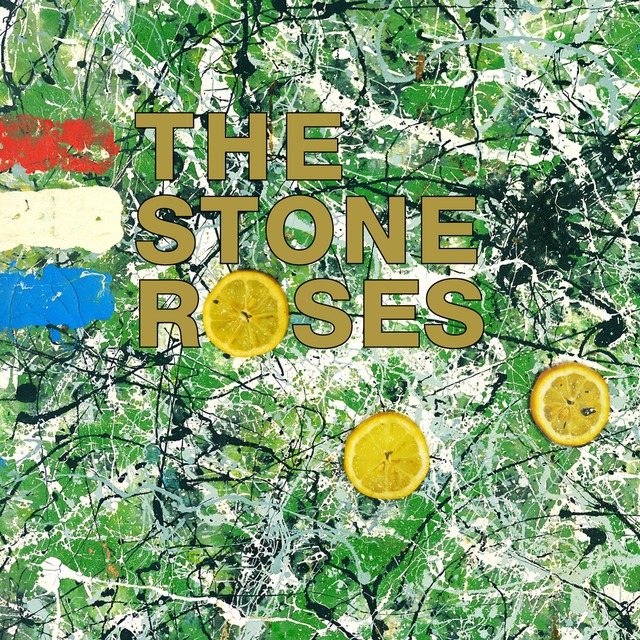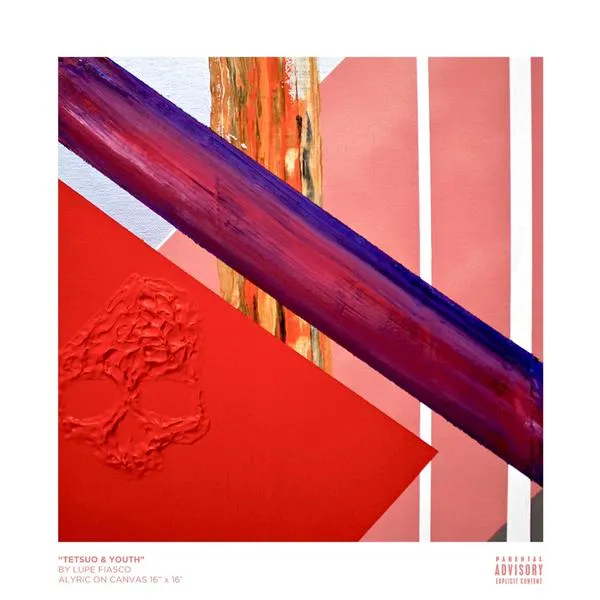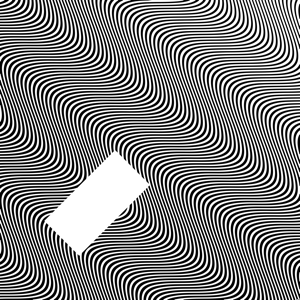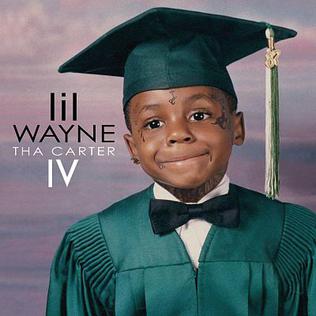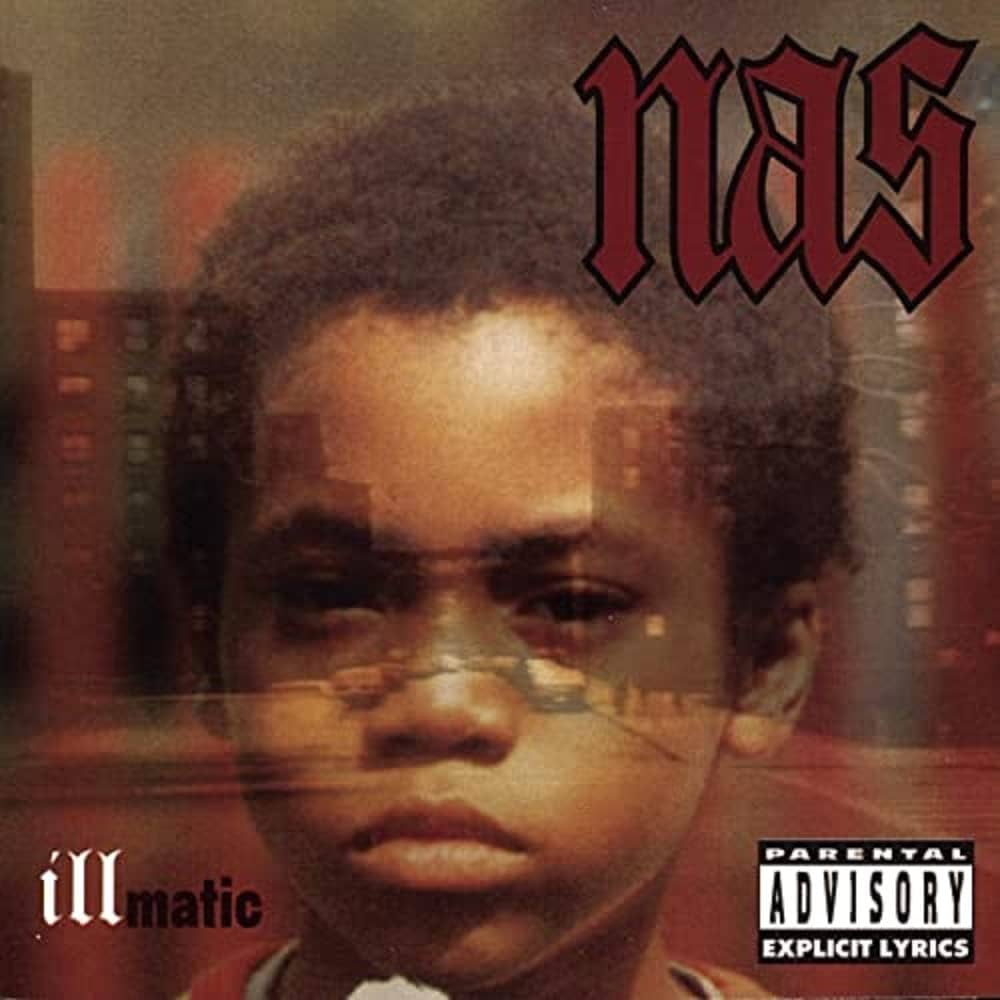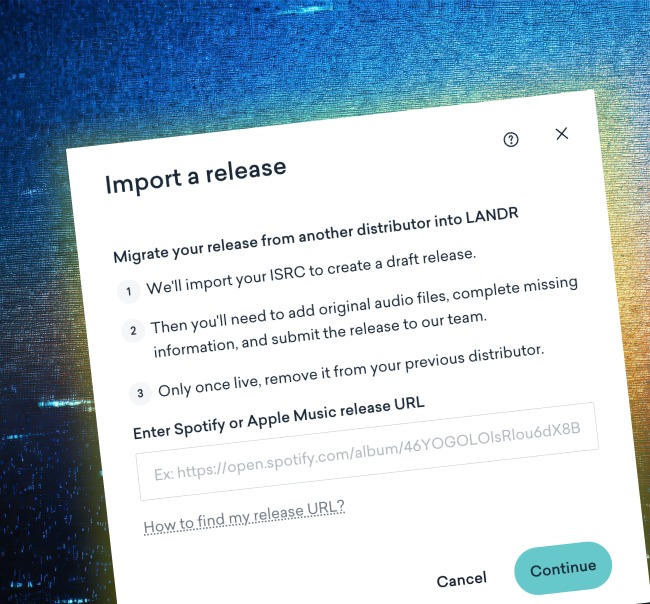
Album Cover Ideas: 10 Inspiring Styles of Album Art from Every Era
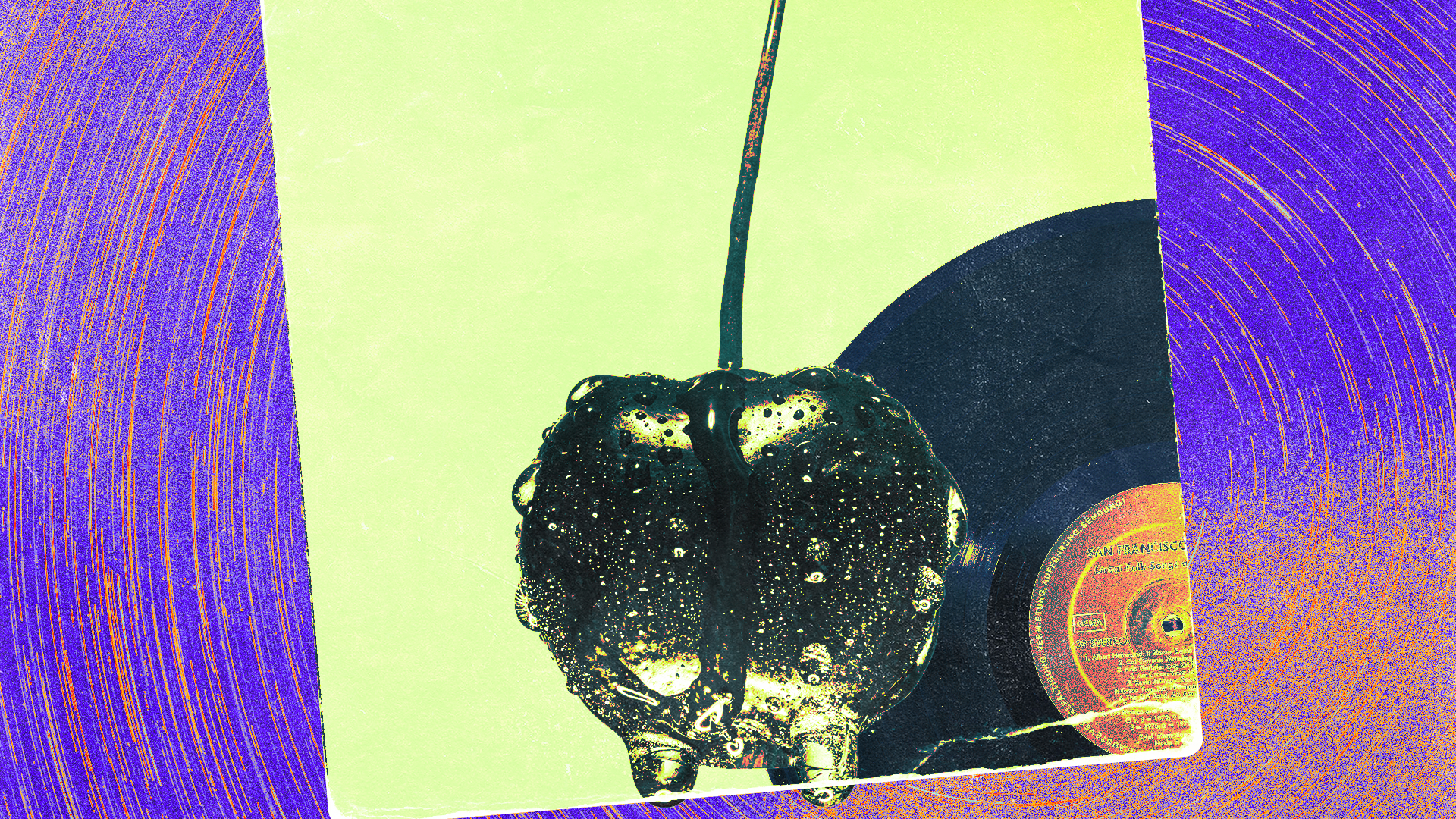
There’s nothing like the feeling of getting your final master and realizing that all you have left to do to release your record is come up with an album cover idea.
For some, creating album art comes second nature. They know exactly what aesthetic, look and feel they want to pursue.
But for others who don’t have the same knack for visuals or keen eye for design, coming up with a visual to accompany a piece of music is intimidating and difficult.
Finding a solid art direction is pretty important these days. Most audiences will see your album cover on a streaming service before they hear your music—and your album cover almost certainly influences how likely they are to hit the play button.
That’s why developing a solid creative direction that reflects you and your sound and is instantly recognizable is incredibly important.
So if you’re stuck on figuring out album cover ideas, let’s take a look at some general themes found in album artwork from legendary past artists to the biggest names in modern Top 40.
By the end of the article, we’re sure you’ll have some great album cover ideas for your next release.
1. A creative picture of you
Let’s start with the most common and obvious album cover idea ever: a picture of you or your band if you play in one.
Putting your face front and center is a tried-and-true idea that presents the artist to the listener.
It’s the best way to guarantee that whoever interacts with your music will inevitably know exactly who’s behind what they’re listening to.
If you’re making your debut and you’re not well-known to a wide audience, creating a picture of yourself is a recommended way to show that you’re serious enough about your album to put your face on it.
But exactly how the picture looks, its composition, lighting, styling, set design and the overall vibe is extremely important.
Think about what you want to portray about yourself and your sound.
Do you want to subvert expectations or do you want to go with something classic? What setting should you use? Should someone else appear on the cover with you? Should the picture be colorful or dark?
Even your choice of photographer will say a lot about your sound—if you have some budget go with a professional photographer who knows how to capture an artist’s essence in a photoshoot.
But even if you can’t budget for a photographer, you might already have a picture of you in your pocket…
2. Your camera roll
Sure, creating album art with the help of an artist can be expensive, but sometimes even the biggest artists prefer to create their own art without any help.
That’s why there’s absolutely no shame in sifting through the camera roll on your phone to find a picture you took that matches your upcoming release.
At the end of the day you understand the music best, and your smartphone camera has been along with you through the whole creation process. There’s a good chance you might already have a picture that captured a moment in time, just like your album does.
If anything, try your best to document your music-making life (and life in general), knowing that you could easily take a picture that sums up your album during the writing process.
3. A collage of found images
Moving away from the photography side of album covers, there are so many examples of album art that use collage.
A collage takes pictures and designs from many sources, piecing them together into an entirely new work—not unlike how a lot of music is made when you think about it!
A common way of making collages is with a stack of magazines, cut up and glued together to create a crazy new picture.
But digital collage is incredibly common these days. It’s so much easier to modify any image you can find.
As a starting point, go find a stack of old magazines at your local thrift store and make something weird and new—vintage National Geographic, Time and Sports Illustrated are great sources of inspiration in my experience!
4. Found (public domain) photography
Similar to doing a collage album cover, found photography, particularly using old public domain photos, is a great place to find copyright-free inspiration.
Sift through any of the internet’s repositories of public domain footage and photography and you’ll find a ton of free and legal to use.
For old photography look at the Library of Congress and the National Catalog Archives. Or try searching the internet using Google’s Creative Commons license search tools
5. Your project’s logo
Having a logo that represents your project isn’t a new album cover idea, but it’s one that many artists overlook.
The value of having a logo is that, much like the brands you know and love, it instantly gives audiences a symbol they can remember and recognize instantly.
Consider just how valuable logos from bands like AC/DC, Aphex Twin and Skrillex are for both merchandising and using throughout their art direction to unify the whole project.
So if you haven’t come up with a logo for your band yet, consider making one—it can be minimal like AC/DC, complex like Skrillex, or whatever you want it to be.
You may want to work with someone familiar with logo and typeface design, since creating a logo that’s memorable and sticks out takes a special eye for design.
6. A painting you or a friend made
Not sure about using photography or a collage? Why not paint or draw something for your album cover?
If you lack painting skills, you don’t need to enroll in a painting class to create a visual that fits your sound.
Some simple art supplies and a committed anything-goes approach are sometimes all you need to create an abstract painting.
Have fun with it! Host a drawing session with your collaborators and have at it. Listen to your music (or other music that inspires you) while you paint and let your feelings direct what you put on the canvas.
Plenty of artists have gone with homemade abstract art for their album cover to great effect.
And there’s something special about obtaining an album that includes visual art made by the artist.
So take your creative energy into the visual realm and make a painting or drawing that works for your next release.
7. Typeface and minimalism
Speaking of abstract styles, minimalism combined with modern typefaces are a huge trend in album cover art right now.
Look at the album cover for Brat by Charli XCX—you can’t get much more minimal with its lowercase Arial Narrow font over the now-iconic green background.
But other artists like Drake, Hotline TNT, Omni and Men I Trust have used minimalist aesthetics and simple typefaces to great acclaim on their album covers.
So if you’re wondering what your album artwork should look like, have you considered keeping it simple?
Hot tip:
8. Use recurring themes and styles

Prog rock band Yes used the same painter for all of its album covers.
Maintaining a consistent theme between each of your covers isn’t a bad idea. In fact, it can help connect each album and create an instantly recognizable brand that your fans will latch onto.
That’s why some artists choose to follow a similar aesthetic and theme between each release. In fact, it’s a fairly common practice among major acts.
For example, Iron Maiden and Yes used the same illustrator for their album covers. Burial used the same typeface and minimalist design, and even Jamie XX recently used a variation of an older design.
Of course, there’s no rule saying you have to keep your album cover ideas consistent. Sticking to one aesthetic for a series of releases before breaking away from it can be a signal to your fans that you’ve taken a new direction.
But even if you’re just starting with your first release, thoughtfully choosing a replicable art direction can set you up for years.
9. Childhood pictures
Here’s an easy album cover idea that’s surprisingly more common than you might think—use your childhood pictures.
Chances are good that your parents documented you as a baby through adolescence. So, why not take a trip down memory lane and see if you can find a cute picture of you as a kid?
Some famous examples include Lil Wayne’s covers for Tha Carter III, IV & V. Other examples are Nas’ Illmatic, Obie Trice for Bottoms Up and SZA’s Good Days.
Just beware that you really can only get away with a cover like this once (unless you’re Lil Wayne), so stamp that baby photo on an album that truly represents your best work.
10. Reference another album cover tastefully
Who was it that said, “Great artists steal”? When it comes to album art, sometimes it’s okay to subtly take ideas from past icons.
Is there a famous album cover that inspired you? There’s nothing wrong with taking inspiration from it, as long as you’re not directly plagiarizing it.
Try a similar layout, photography style, typeface or design, and let that guide you toward a final product that calls back to the artwork that inspired you.
For example, on London Calling the Clash took inspiration from the layout, font style and colors of an older Elvis Presley record.
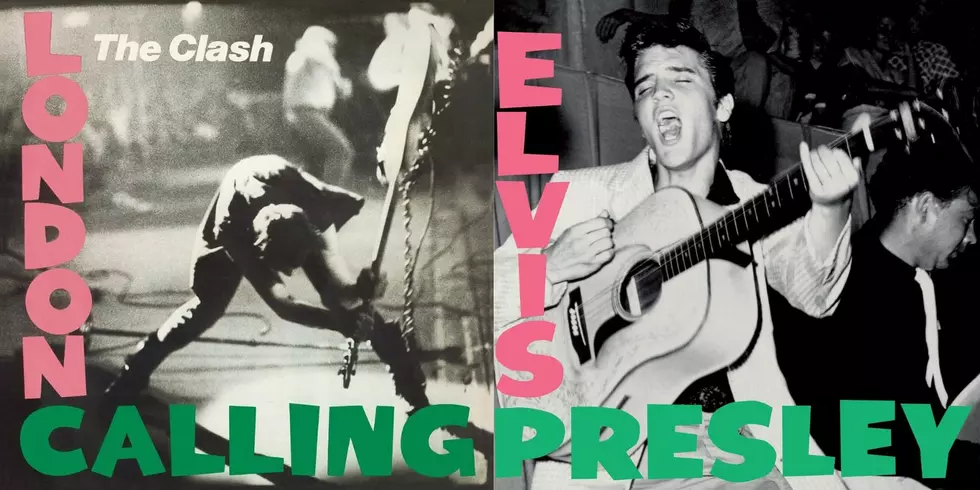
The Clash used a similar typeface, design format and color scheme as an earlier Elvis Presley record.
Or, take a different approach and parody (or tribute) the artist in question, like The Gorillaz did when they parodied the famous cover The Beatles used for Let It Be.
But remember that, much like music, you may have to pay licensing fees if your work is too close to the original.
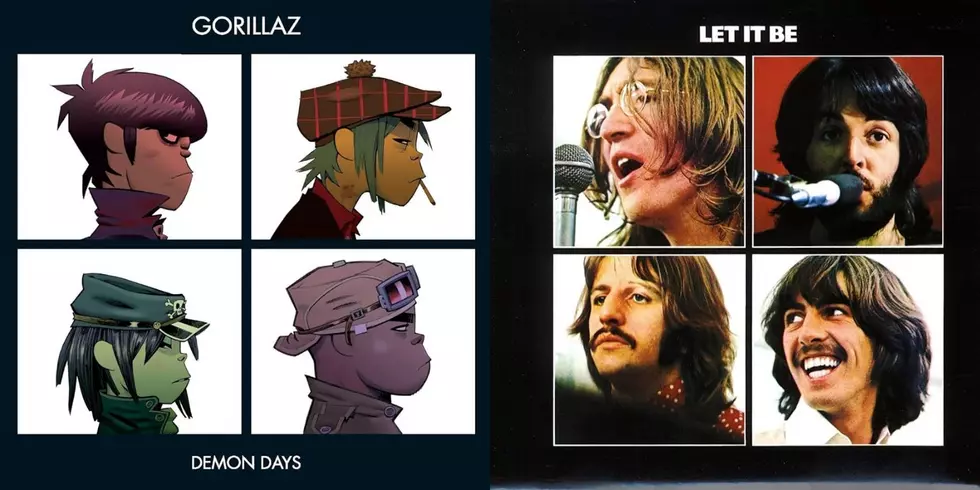
The Gorillaz riffed on the same four person picture format The Beatles used on Let it Be.
Enjoy the process
Making album art should be fun and not overly stressful.
Sure, there may be some level of vulnerability, especially if you’re using a picture of yourself—but remember that your music and art will speak for itself.
And while a professional designer and a budget can help make your art more commercial, your ideas and creativity are the key ingredient needed to produce something that represents your music best.
If you’ve put your best effort and your heart into making a serious, cohesive and meaningful piece of art, it will connect with your listeners even if you’re on a DIY budget.
What are you waiting for, get out there and use these album cover ideas for yourself. We can’t wait to see what you make!
Gear guides, tips, tutorials, inspiration and more—delivered weekly.
Keep up with the LANDR Blog.

